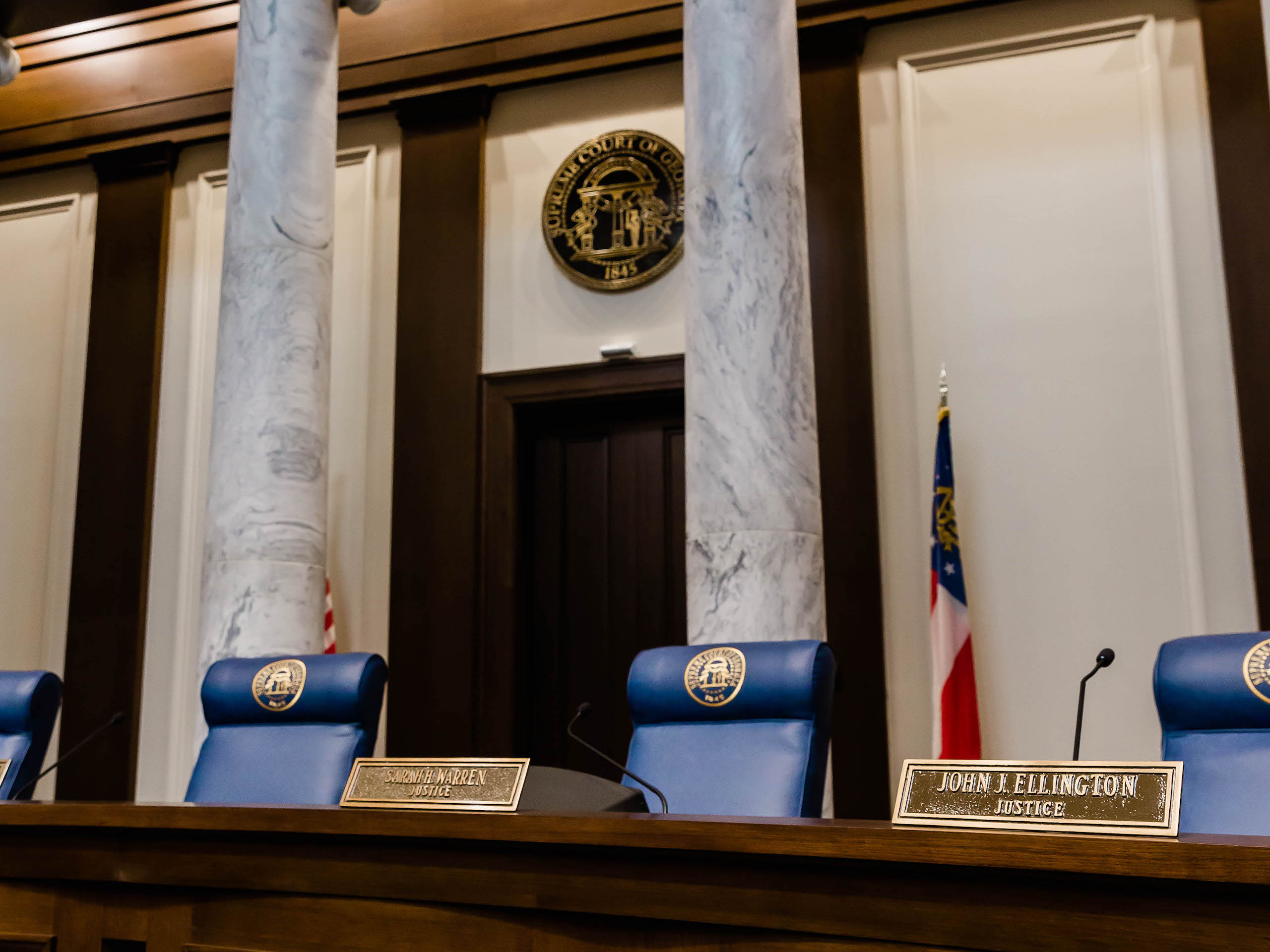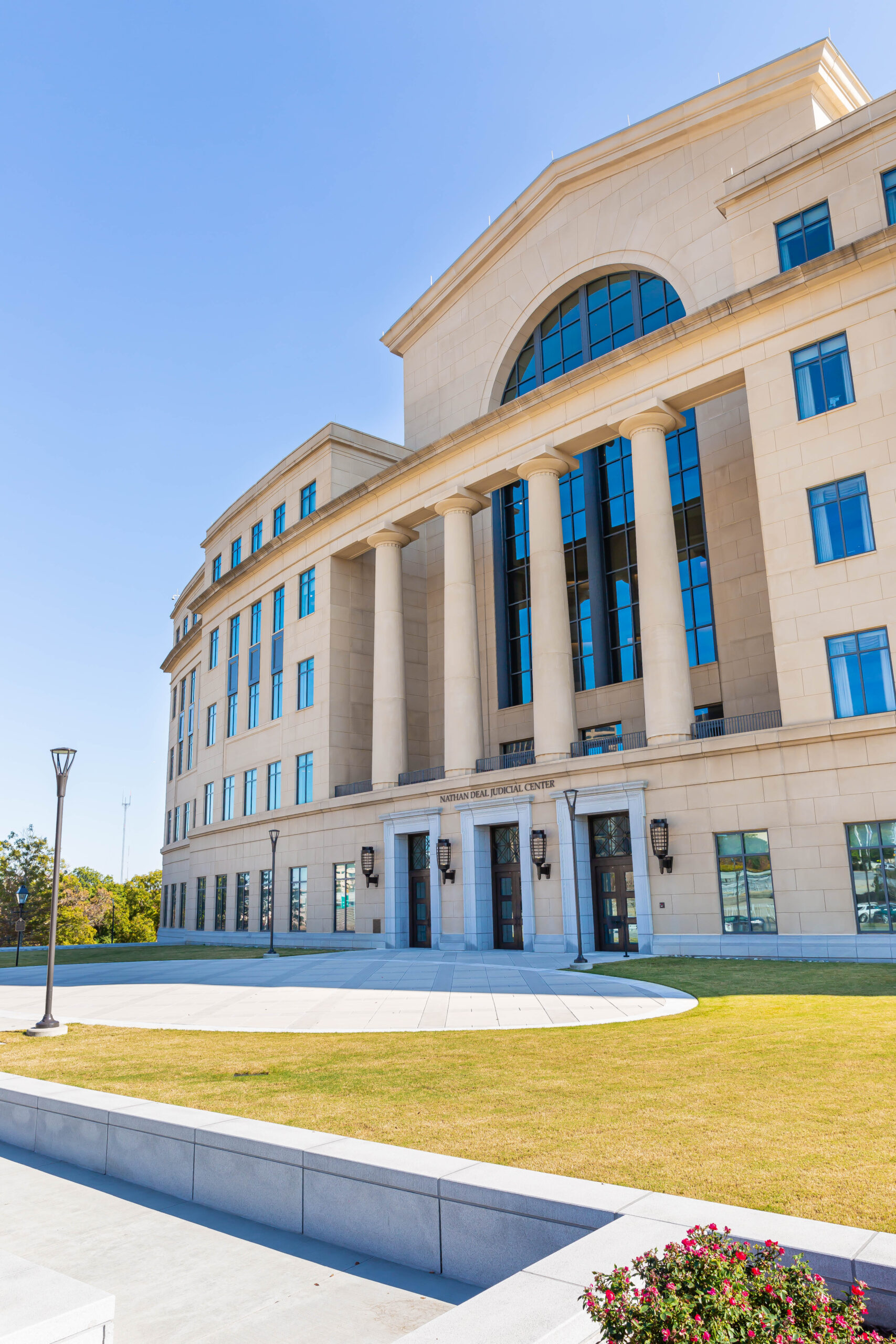About State of the Judiciary messages
 In the United States, each state’s court of last resort is led by a chief justice or chief judge. Since the middle of the twentieth century these court leaders have been designated as the leaders of their state court systems either on their own, in cooperation with their court, or as head of a state’s judicial council.
In the United States, each state’s court of last resort is led by a chief justice or chief judge. Since the middle of the twentieth century these court leaders have been designated as the leaders of their state court systems either on their own, in cooperation with their court, or as head of a state’s judicial council.
As part of their administrative responsibilities, leaders of states’ high courts act as advocates to maintain or improve the well-being of states’ justice systems. Since the 1970s, many court leaders have followed the example of the Chief Justice of the U.S. Supreme Court by delivering a regular report on the status of their state justice systems. These “State of the Judiciary” reports are an important method of communication that allows the judicial branch to communicate with legislators, lawyers, judges, and the public.
 State of the Judiciary reports are analogous to other agenda-setting messages in the political world, including State of the Union addresses, governors’ State of the State speeches, and the Year-End Report on the Federal Judiciary released annually by the Chief Justice of the United States. State of the Judiciary remarks are delivered in multiple venues, but they are most often speeches by a state chief justice to the state legislature (and sometimes the governor), bar groups, or an assembly of judges. On rare occasions, they are delivered to journalists, social clubs, or professional organizations. Some are written remarks, and in recent years some have been delivered via online streaming video services such as YouTube.
State of the Judiciary reports are analogous to other agenda-setting messages in the political world, including State of the Union addresses, governors’ State of the State speeches, and the Year-End Report on the Federal Judiciary released annually by the Chief Justice of the United States. State of the Judiciary remarks are delivered in multiple venues, but they are most often speeches by a state chief justice to the state legislature (and sometimes the governor), bar groups, or an assembly of judges. On rare occasions, they are delivered to journalists, social clubs, or professional organizations. Some are written remarks, and in recent years some have been delivered via online streaming video services such as YouTube.
The content of State of the Judiciary reports tends to highlight the accomplishments of state courts and to tell the audience about the current challenges of the justice system. These reports are intended to help the public and policymakers understand the justice system and take an interest in its problems that might otherwise be overlooked or ignored. State of the Judiciary addresses are the most uniform and visible example of public communications from the state chief justices.